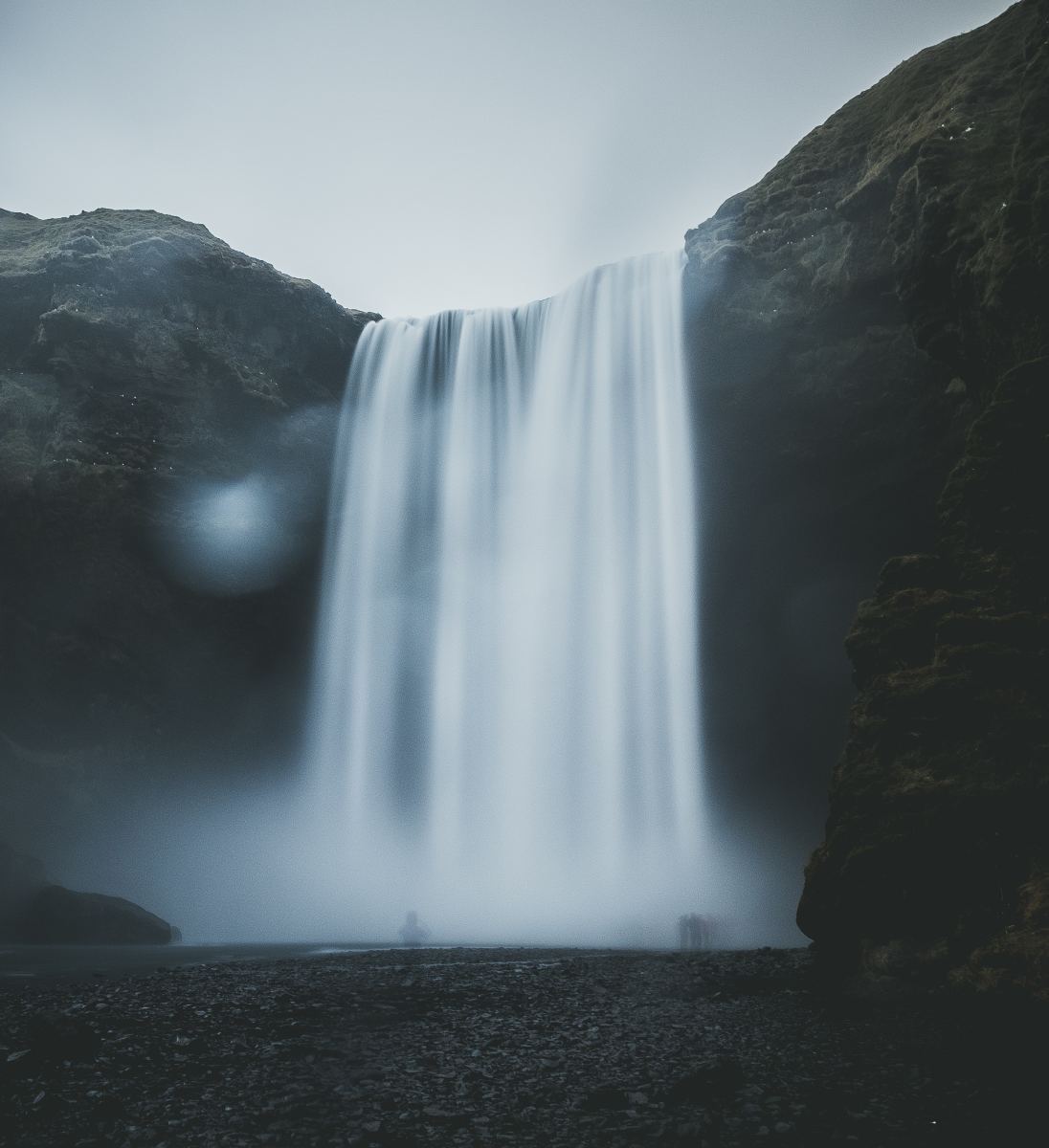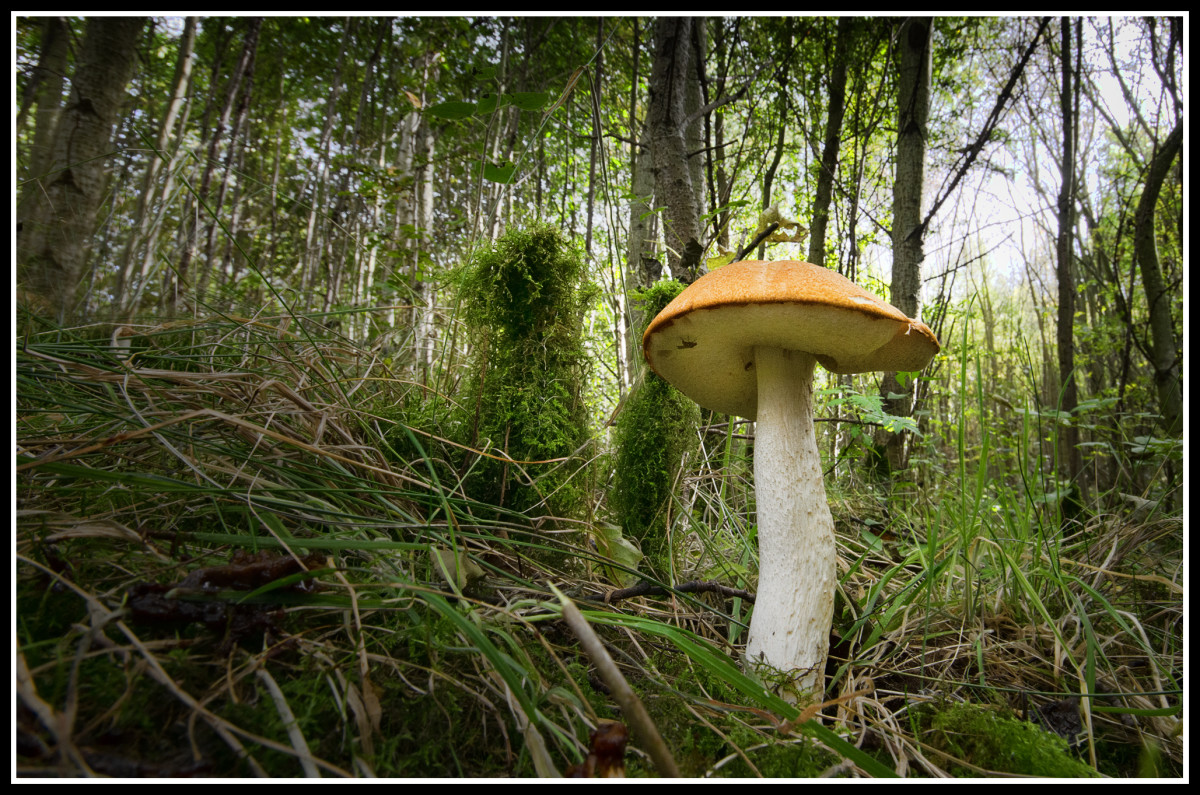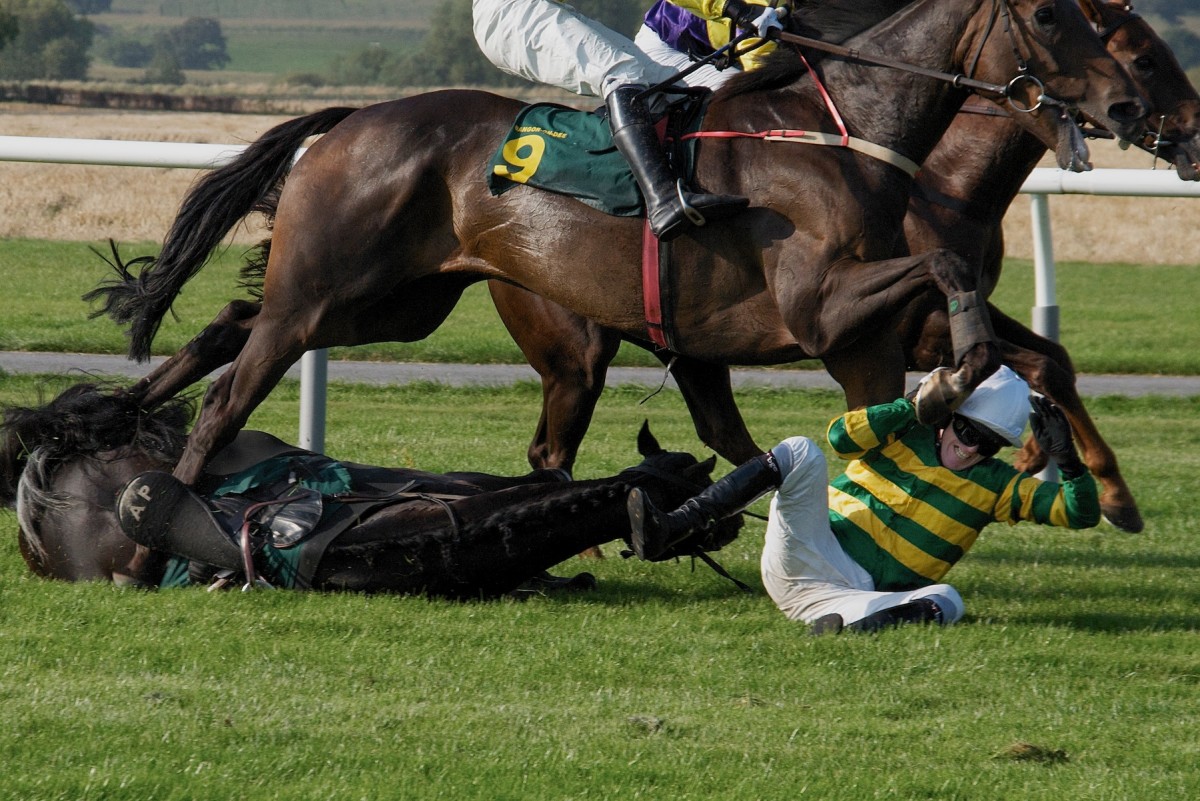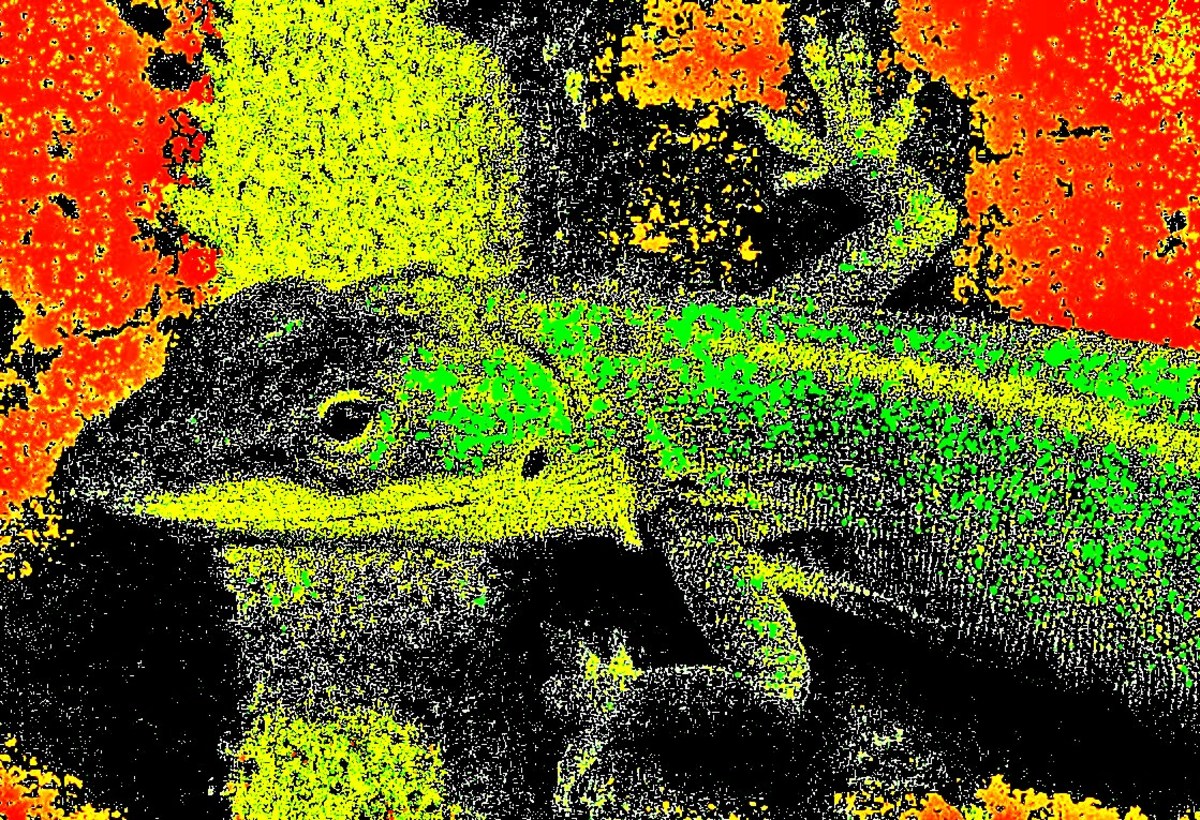Photographic Words to Know
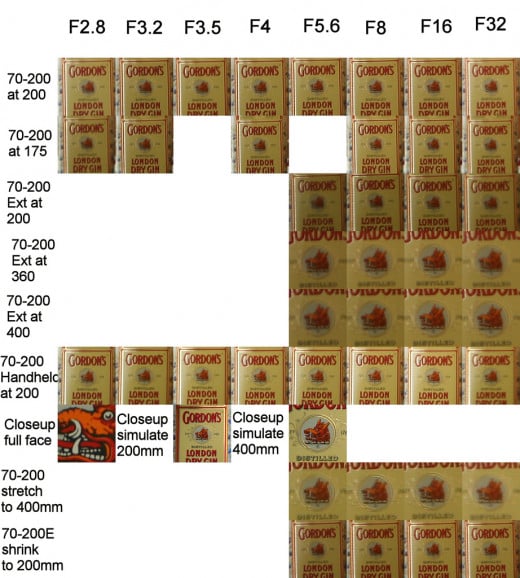
Photographic Terminology
Many books and magazines articles have been written with the assumptions that everyone who reads them is totally aware of the terminology associated with photography. You need to have at least the basic photography terms defined if you are to grow and evolve in photography.
I had always loved photography, but did not know all of the terms being used when I first started, and to this day keep discovering new terminology which is sometimes fuzzy or unclear as to its meaning.
The principal terms that most people just starting in photography and even some serious amateurs need to know are: F-stop, shutter speed, bracketing, flash synchronization,the 16 rule, and film rating.
F- stop also known as focal ratio and relative aperture,is the term used when referring to the camera aperture diameter ( the size of the hole through which the light enters the camera and hits the film/sensor). Your camera uses the f-stop in combination with the shutter speed to set the proper exposure, or you can do this manually.
In f-stops the smaller the number = the larger the aperture and the larger the aperture = the less background detail, consequently, the higher the number the smaller the aperture and the more detail in the background. Off course the bigger aperture lets more light in therefore allowing a slower shutter speed if needs be.
Shutter speed is the time it takes for the camera shutter (diaphragm) to open and close when you depress the shutter button. The speed controls how sharp or blurry your shot comes out. Most moving subjects will require speeds of 250 or higher, but this is very dependent on the available light and its strength. Professionals use a combination of a wide open aperture with a faster speed to gather their desired results in less than ideal lighting conditions.
Of interest is that each f-stop corresponds to a shutter speed. For example opening up one more stop than what the camera suggests (which doubles the amount of light entering the camera) allows the shutter to double its speed ( based on recommended settings).
Flash synchronization speed: each camera has a shutter speed that when set, fires the flash unit. On most SLR(single lens reflex) cameras it's 60. On situations when flash is required, the burst of light from the flash is enough to freeze all action. so even if the subject is moving at a moderate speed the brief burst of light will stop the action. You can if you so desire, fire the flash by simply turning the unit on and depressing the shutter regardless of the shutter speed.
The 16 rule: This is commonly referred to as to mean that on a clear and sunny day your aperture will be f-16 with a shutter speed that is closest in number to the "speed of the film". In other words if your film is rated for ISO or ASA 100, you can use the f-16 stop with a shutter speed of 125 (unless your camera has one for 100). This combination is ideal for producing the best shots under the "sunny day" light conditions. However this can be adjusted for less than ideal light conditions, what should always remain the same is that the shutter speed should never be less or kept as close as possible to the size of your lens. Example: A 500mm lens should use a shutter speed of 500 of higher.
Bracketing: also called aperture bracketing is a term that you will see used over and over in most photo manuals, and writings. It simply means that one takes several shots of the same subject at different camera settings.
Most professionals will take shots at the recommended camera setting, half to one less f-stop than recommended and half to one more f-stop than recommended. This is an excellent technique when your subject has strong colors such as a black bear in a dark forest or a white bunny in the snow. Its main purpose is to bring out the detail in these strong colors.
You may at times also use focus bracketing which is nothing more than focusing on the front, the middle and the back of the subject for different shots.
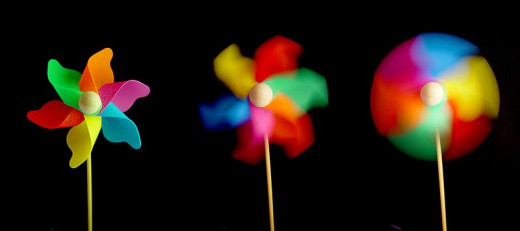
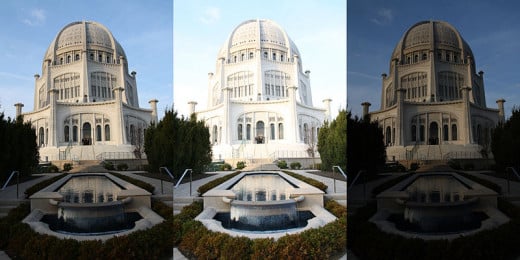
- Digital Photography Glossary: A - For Dummies
a b c d e f g h i j k l m n o p q r s t u v w x y z adapter: Device used to attach certain lenses or filters to your digital camera. Adobe Photoshop: The leading
Article poll
What this helpful?
© 2011 Luis E Gonzalez


![Adobe Photoshop Elements 2018 [Old Version]](https://m.media-amazon.com/images/I/51AQ4wl7eOL._SL160_.jpg)



